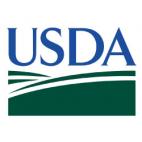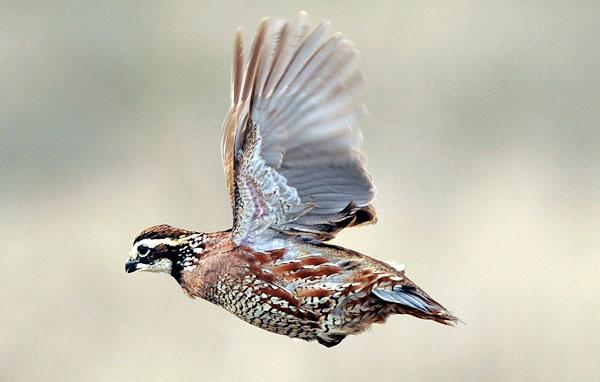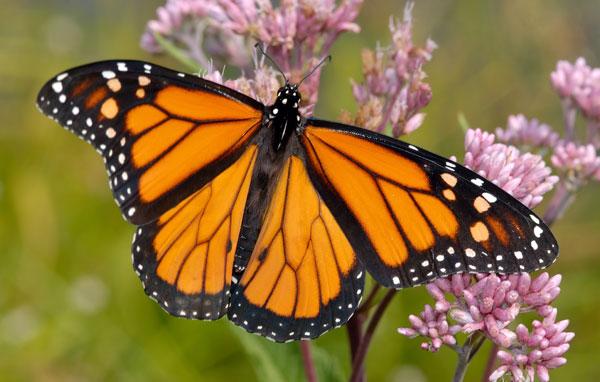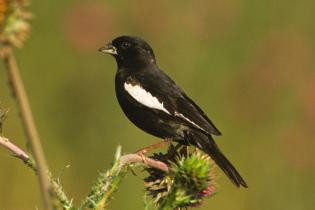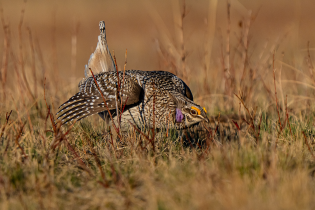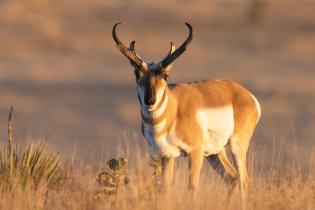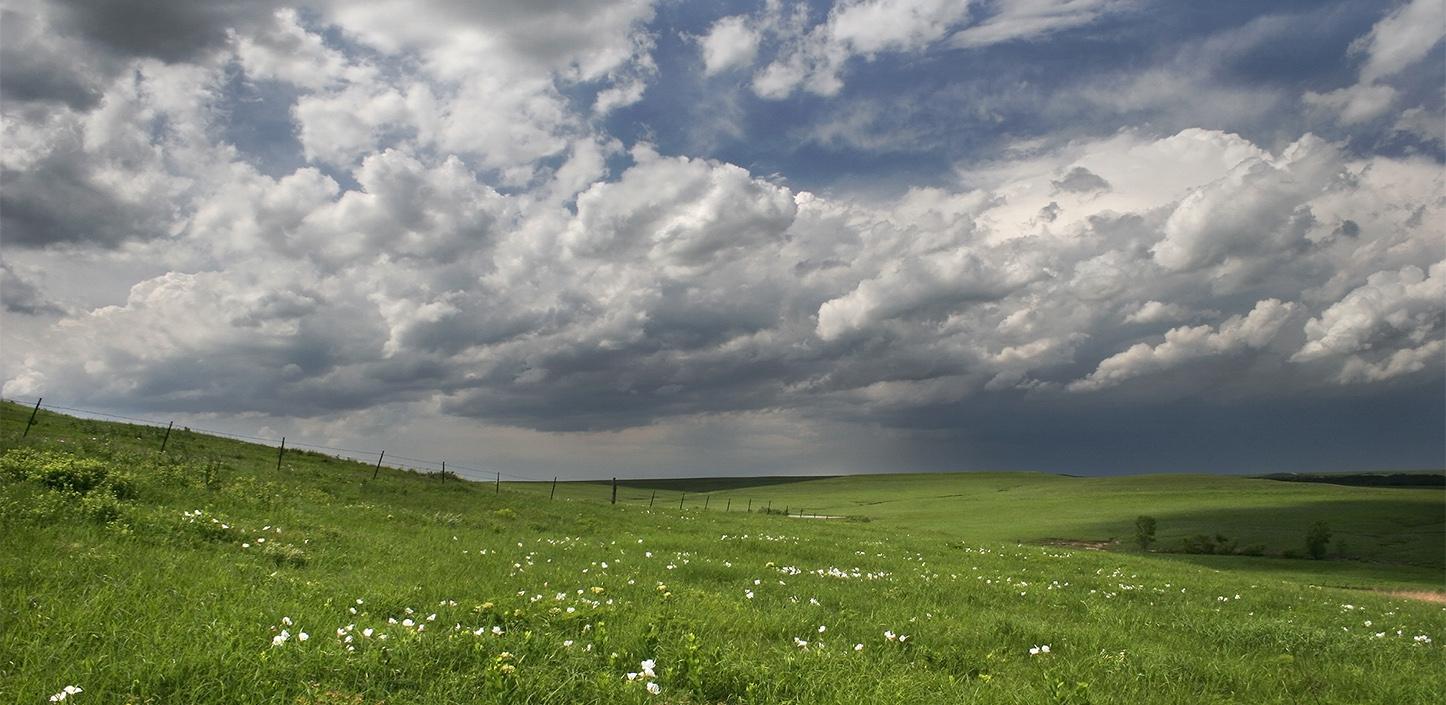
The Southern Great Plains host a unique set of wildlife species that are specifically adapted to this grassland ecosystem. Many of these species, such as the monarch butterfly and songbirds, migrate to and from the region in order to complete their life cycle. Others, including the pronghorn, swift fox, prairie chicken and bobwhite quail are year-round residents that live alongside human residents who are engaged in the ranching of livestock, primarily beef cattle.
Partners
The Southern Plains Grassland Program seeks to work closely with nonprofit and government partners and the ranching community to bring important financial and technical resources to address the health and resilience of the grasslands of the Southern Great Plains. These actions will increase the vitality of this often-overlooked ecosystem, providing benefits to wildlife and to rural, ranching-based communities. In addition, these actions increase the ability of grasslands to store carbon, providing key benefits to much larger efforts to address a changing climate.
Program partners include Burger King, Cargill and Sysco, with additional support from Walmart Foundation, the USDA Natural Resources Conservation Service and U.S. Fish and Wildlife Service. The Southern Plains Grasslands are located in Colorado, Kansas, Nebraska, New Mexico, Oklahoma and Texas.
The Southern Plains Grassland Program seeks to make more than $10 million in grants over the next five years, building upon the contributions from Cargill and Sysco with additional public and private conservation funding.
Species:
The Southern Great Plains host a unique set of wildlife species that are specifically adapted to this grassland ecosystem. Many of these species, such as the monarch butterfly and songbirds, migrate to and from the region in order to complete their life cycle. Others—including the pronghorn, swift fox, prairie chicken and bobwhite quail—are year-round residents that live alongside human residents who are engaged in the ranching of livestock, primarily beef cattle.
Due to habitat loss and fragmentation as well as reduced habitat quality, many of these species are in decline. As an example, grassland birds have declined by 53 percent since 1970. The implementation of the voluntary conservation measures supported by the Southern Plains Grassland Program will be focused on the most important factor for most wildlife; the extent, connectivity and quality of habitat.
For example, in Colorado, grasslands support more than twice as many animal species of conservation concern than any other habitat type. Improved grazing management actions can proactively address those declines before these species see further population decreases and are threatened with extinction.
The problem
The grasslands of the Southern Great Plains exist on just a portion of their once greater extent. While some large areas of grasslands still exist, many of these are threatened with fragmentation and conversion to other land uses. Between 2014 and 2018, grasslands have disappeared at an average rate of four football fields every minute.
What is causing these issues?
- Grassland loss is occurring at an alarming rate due to land use conversion to more profitable—but often less sustainable—practices than grass-based agriculture.
- Woodland encroachment of invasive species, such as eastern red cedar, which is spreading due to a changing climate and natural fire regimes, has transitioned 108 million acres of former grasslands in the Great Plains.
What will NFWF and partners do to remedy the problem?
NFWF will work with nonprofit conservation groups and ranching collectives/associations, as well as local, regional, state and federal agencies to identify and implement on the ground conservation actions, and then monitor the outcomes from those efforts. Additional emphasis will be placed on partnerships that are developed from within local communities and those that are rancher-led initiatives.
What are the program priorities, strategies and/or goals?
- Improve grassland health and resilience through improved grazing practices
- Control of invasive species that reduce available forage for livestock and habitat for wildlife
- Restore formerly converted lands back to grassland
- Protect existing high-quality grassland parcels
- Invest in community-level grassland collaborative conservation efforts
- Explore innovations in conservation, including:
- Grass banks and other community cooperative grazing arrangements
- Innovations in fencing, water delivery and recreation.
| Program Fact Sheet | Download the PDF | |
| 2025 Grant Slate | Download the PDF | |
| 2024 Grant Slate | Download the PDF | |
| 2023 Grant Slate | Download the PDF | |
| 2022 Grant Slate | Download the PDF |
Director, Rocky Mountain Regional Office
Program Director, Grasslands and Mountain West
Regional Program Coordinator



